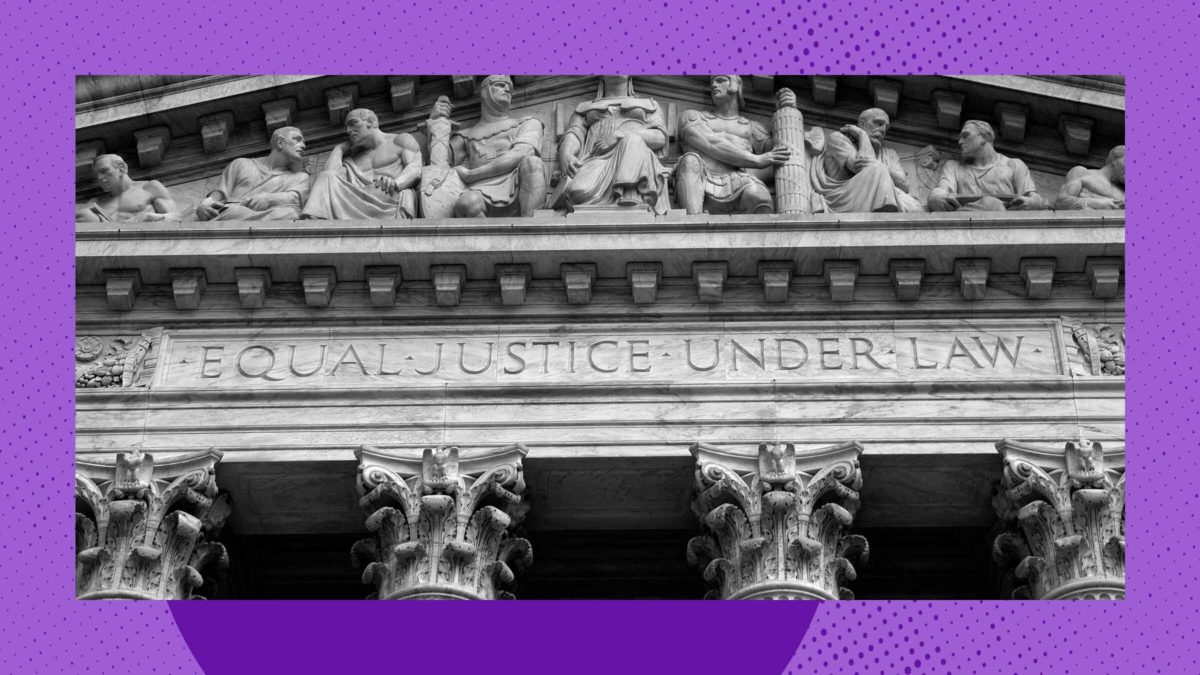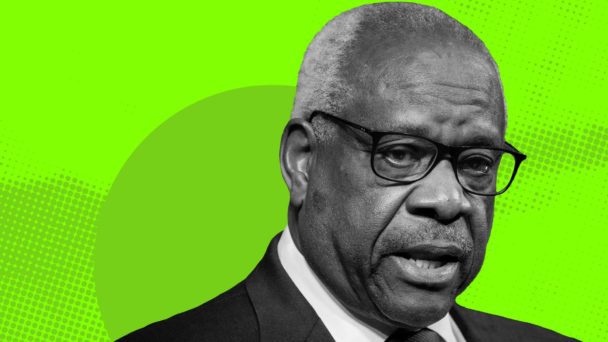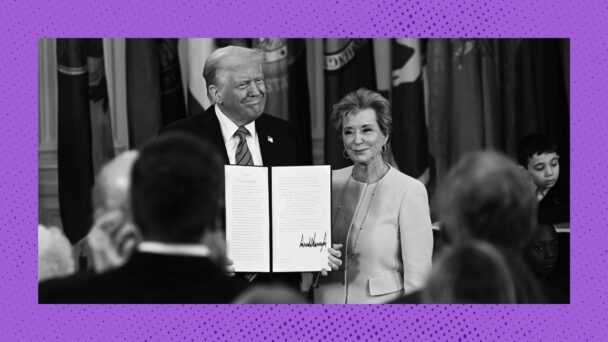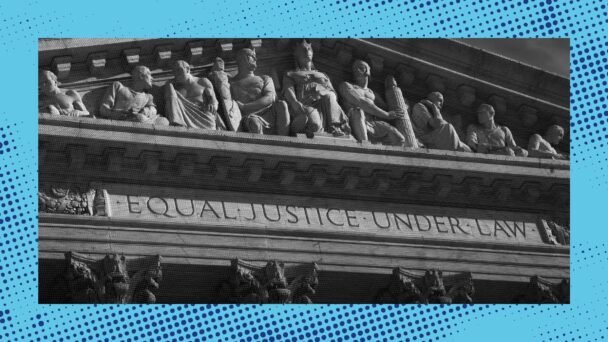President Donald Trump’s “Big, Beautiful Bill,” which he signed into law on July 4, cut benefits for low-income Americans, slashed taxes for the highest earners, and turned ICE into the highest-funded law enforcement agency in the country overnight. Understandably, its changes to federal student loan programs have flown a bit more below the radar.
But the law is disastrous for students trying to pay their exorbitant (and always increasing) tuition bills. By abolishing Graduate PLUS loans and reducing the cap on Pell Grants, the budget reconciliation bill decimates access to law school for people from low-income backgrounds. Reducing the availability of financial aid threatens the futures of an entire class of aspiring public interest attorneys—people who want to serve in roles that benefit underserved communities, but that do not come with the premium salaries paid out by large law firms.
Low-income and first-generation students are already underrepresented in legal education, yet they are often the very individuals who are most inclined to enter public interest law. One study found that only two percent of law students at top schools come from the bottom quarter of incomes. Meanwhile, first-generation college graduates pursue careers in legal aid, public defense, or nonprofit advocacy work at nearly twice the national average.
For many students, Pell Grants provide a first chance at breaking cycles of poverty. Pell Grants made it possible for one of the writers of this essay, Heather, to pursue higher education. As a working single mother, even community college tuition was beyond her budget, but Pell Grants covered Heather’s tuition, fees, and books. Once she was able to prove herself in an academic setting, the doors opened to scholarships and other funding that covered her undergraduate and law school degrees. As is true for many low-income students, without Pell Grants, Heather’s journey through higher education would have been all but impossible.
Graduate PLUS loans, which the BBB eliminated, are no less vital. These federal loans filled the substantial financial gap between the costs of attending law school, which averages around $80,000 per year and can be much, much higher, and the borrowing limits of standard federal loans, which previously topped out at $20,500 per year for graduate students. (Going forward, those limits will increase to $50,000 per year, and $200,000 over the course of the degree program.) Grad PLUS also offered support to students who must account for lost income—especially adult learners or those supporting families—when they choose to pursue legal education.
Steve, the other author of this essay, had his law school tuition covered by the GI Bill, stemming from his three years in the U.S. Army. However, to go to law school while raising four young children, he had to take out federal loans to compensate for the nearly 50 percent income drop that came from leaving his pharmaceuticals job to work in public interest law while attending law school as a part-time student. Without access to Graduate PLUS loans, students like Steve would be forced to choose between their education and their families’ well-being.
Critically, the financial pressure is not unique to nontraditional students. Public interest drift—the phenomenon of students shifting from public interest to private-sector careers—affects even traditional law students, particularly when public interest positions are scarce or poorly compensated. And mounting student debt pushes many graduates into corporate law firms, regardless of their initial intentions. In a study of one law school cohort, 70 percent of incoming students reported an intention to pursue public interest, but by their third year, only two percent still reported the same. Research consistently finds that student loan burdens are among the top factors influencing law graduates’ career decisions, which is unsurprising considering that average U.S. law school debt is $130,000.
By cutting Pell Grants and eliminating Graduate PLUS loans, this legislation risks reserving public interest legal careers only for the independently wealthy. And while these changes might not affect the public interest goals of affluent law students who choose such careers, these students do not bring the same life experiences or perspectives as those who have navigated poverty, housing insecurity, or other systemic barriers firsthand. A study by the Legal Services Corporation found that only 28 percent of lower-income people believe the legal system is willing to help people like them, and often do not seek legal assistance for even significant issues—a phenomenon known as the “justice gap.” Only 24 percent said they believed a lawyer could help them with their problems. Having more attorneys who can relate to their experiences could go a long way toward addressing this lack of trust.
Students who want to go into public service need more options, not fewer. Congress’s choice to cut back on financial aid is an attack not only on these students, but on the people who don’t get the legal help they need because of it. The Legal Services Corporation study showed that 92 percent of this country’s low-income households had unmet legal needs even before these funding cuts. Reducing the supply of public interest lawyers can only make things worse.
Editor’s note: This post has been updated to reflected additional prospective changes to borrowing limits for graduate students.







